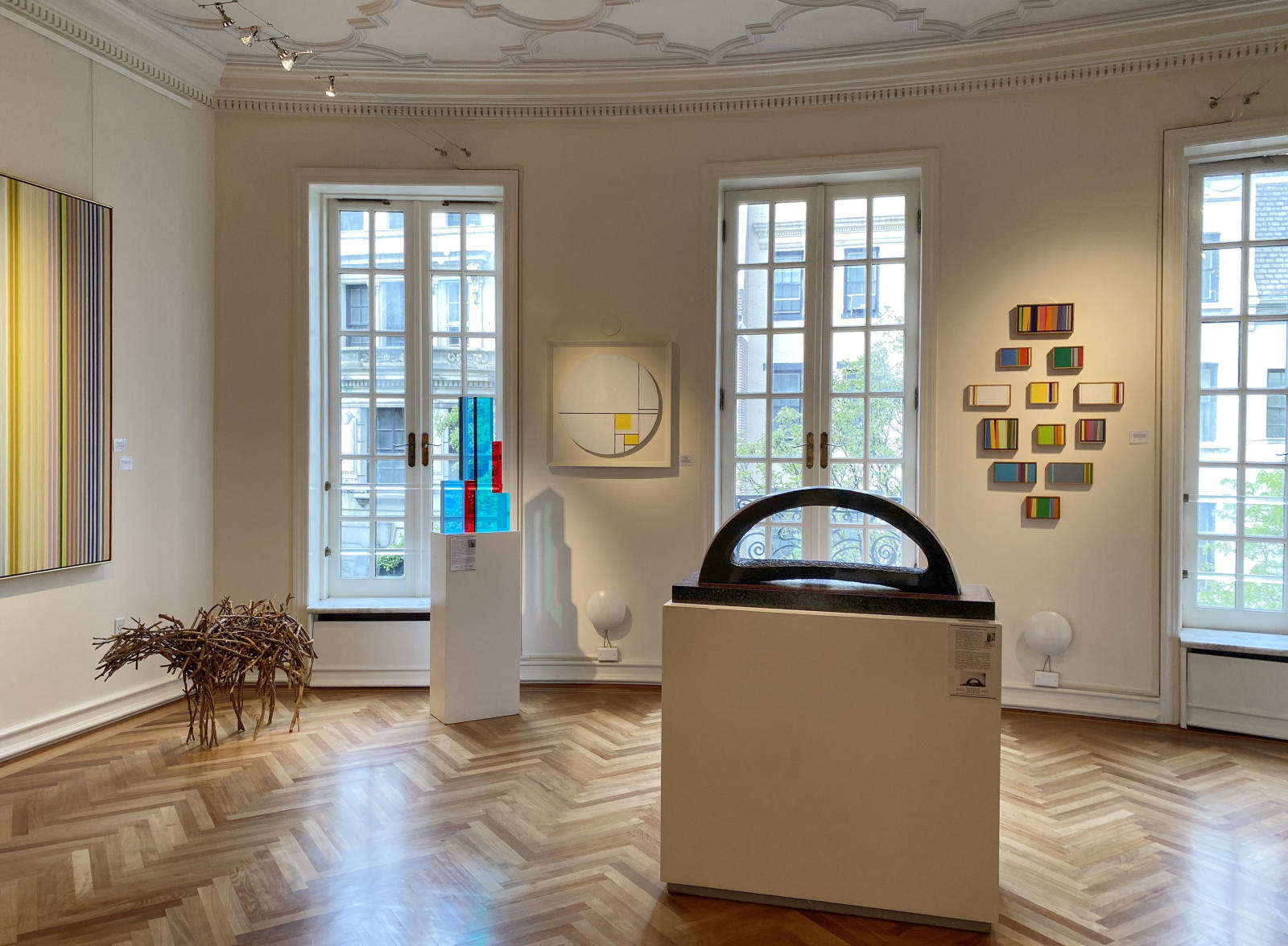







artist
Butterfield’s art conveys both a deep love for and a respect for these magnificent animals. Born the same day as the 75th anniversary of the Kentucky Derby, Deborah Butterfield has been crafting horses out of scavenged and discarded materials since the 1970’s. At her Montana ranch Butterfield trains, rides and generally bonds with her horses during the summer months. Today there is great demand for her equine sculptures. Sculpting only during the long winter months, Butterfield now may take 3-5 years to complete a work. In her later works, as in our example, Butterfield addresses her sculptures with a more abstract approach. Beginning in 1985 she made a dramatic switch from sticks, mud grass, and wire to bronze for her sculptures, once she discovered what she could do with this metal.
"It was the most fun I ever had. I had all this expressive material that wasn’t long for this world, rotting sticks in piles, and when they were transformed into bronze I could use them. Now I have steel moods and bronze moods."
—Deborah Butterfield
As a horsewoman Butterfield understands the horse. How she constructs the horse, how she places the sculpture in a certain space is evidence of her acute knowledge of this majestic animal. Yet she also understands the materials—what to use, what to manipulate, and what to change-evidence of her accomplishment as a sculptor. Knowledge of the two creates a work that is the true essence of this creature and her art.
Description
Small Stick Horse, 1978 is a stunning architectural study of a horse, Butterfield’s classic subject. Having begun her career as a feminist sculptor, Butterfield immediately developed an affinity for horses—generally reclining, prone, or at rest—as symbols of femininity, a concept that subverted the traditionally masculine, occasionally chauvinist realm of horsemanship. Perceived by most as powerful utilitarian animals best for hard labor or combat, horses instead appealed to Butterfield as symbols of grace and peace. Sculpting at first from found scrap metal, debris, dirt, and sticks, her early sculptures was frail yet sturdy; natural yet constructed. Small Stick Horse is constructed of wood and wire and predates the artist’s transition to cast bronze in 1985.
When Butterfield created this work in 1978, she had moved away from using mud in between the use of sticks. Butterfield’s scope of play, understanding, associations and metaphors in her works are many which is what makes her an important artist and takes her realm beyond that of a person wishing to model horses in different ways. She had an affinity for the surrealist work of Rene Magritte. So with the works made with sticks can convey this feel of building a bonfire which can easily go up in smoke which was a metaphor for the fragility of this animal. As well as the way the sticks flay out, they convey as sense of rays extending outward as if creating an aura, conveying the majesty of these powerful and beautiful animals. As always, Butterfield had deep concerns for horses and an admiration and her works always depict a horse at rest, standing still or at moments where they are not running or jumping. The use of the sticks here along with wire is remarkably complex and well done as there is nothing easy about the construction of working with these elements, which once again, are natural and organic as well as man-made. The wire being the type of material we use to fence a horse in.
provenance
OK Harris Works of Art, NY
Private collection
Anon. sale; Sotheby's NY, 3 May 1988,
Private collection, Sarasota, Florida
Anon. sale; Sotheby's, NY, 9 May 1996
Private collection, Los Angeles
Acquired from the above by the present owner
Christie’s NY, 9 March 2021







